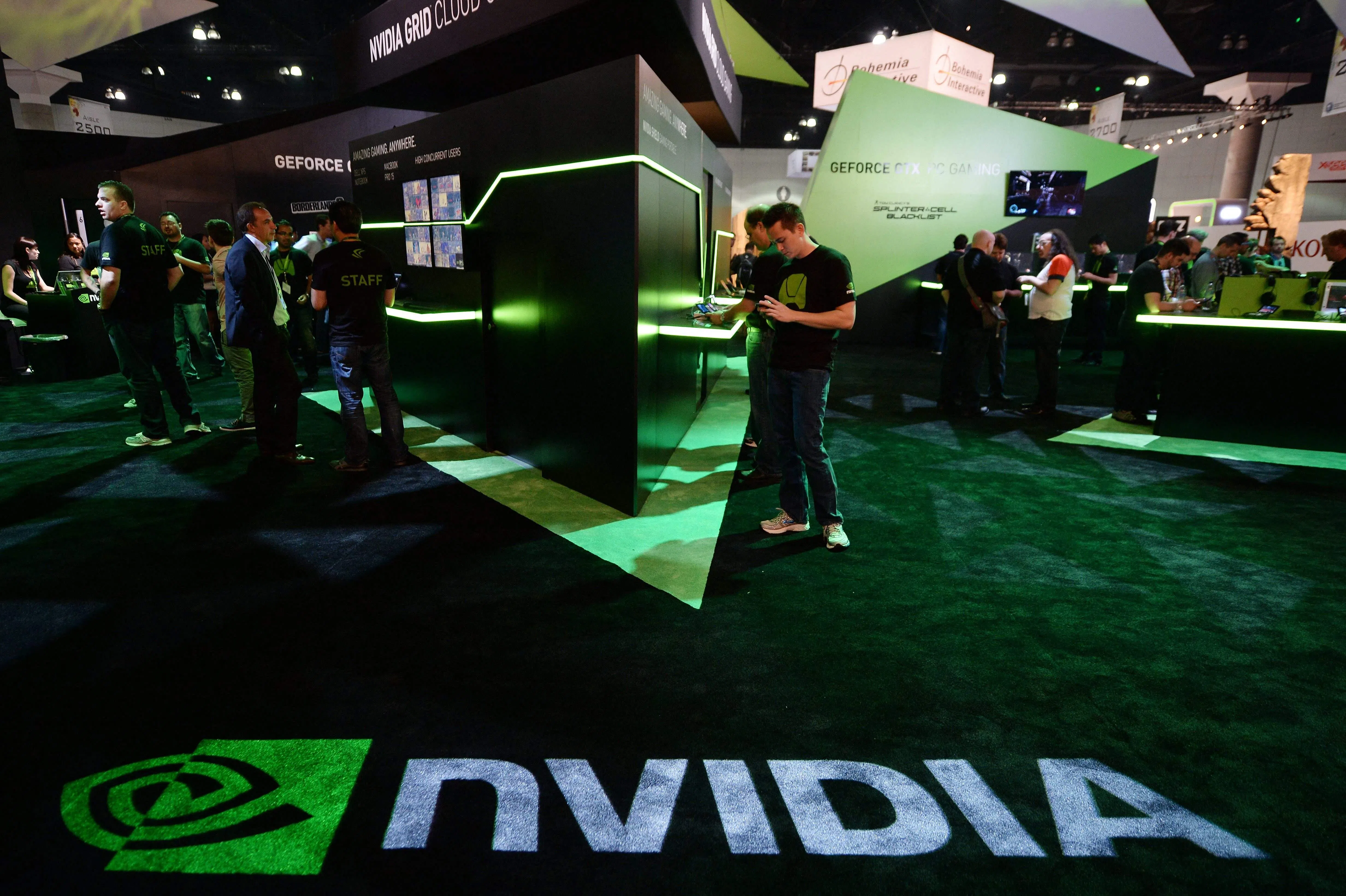FROM the growth of get-rich-quick schemes to becoming a make-or-break factor for outperformance, Nvidia’s latest market roller coaster is a cautionary tale of the importance of the artificial intelligence (AI) chip-maker in the US$9.2 trillion US exchange-traded fund (ETF) complex.
Nvidia’s meteoric rise has spurred a more-than-2,000 per cent spike in assets of a product juicing up exposure to the AI darling, turning the ETF into a favourite trading vehicle for retail investors – with trading volumes hitting new highs despite recent reversals. Within the ETF industry overall, greater exposure to the stock has been a prime driver in separating winners from losers. Only 96 out of 2,000 equity ETFs with low-to-no exposure to Nvidia have managed to outperform the S&P 500 since the company’s initial eruption as an AI bellwether last year, according to Bloomberg Intelligence.
It comes at a precarious time for the stock, following a US$400 billion rout that has sparked fears the AI trailblazer is at an inflection point while one-way momentum trades remain historically crowded.
Consider the flood of cash going towards funds that give investors two times the daily return of the tech behemoth. The GraniteShares 2x Long NVDA Daily ETF (ticker NVDL) has seen inflows of around US$2.7 billion, while a similar product – the T-Rex 2X Long Nvidia Daily Target ETF (NVDX) – has taken more than US$300 million so far this year, data compiled by Bloomberg show. NVDL started the year with around US$220 million in assets, a number that’s swelled to more than US$5 billion.
In fact, the fund is so in demand that it’s traded more than US$10 billion worth of shares over the five sessions to Tuesday (Jun 25). The leveraged product has become a regular among the top 15 most-traded ETFs, according to Eric Balchunas of Bloomberg Intelligence.
Those that do not hold Nvidia have been left in the dust. Having exposure to the AI trend-setter has been a “prime driver” for the best-performing ETFs, with the top decile having an average weight of nearly 7 per cent to the chip-maker in data going back to Nvidia’s initial eruption last year, according to BI’s Athanasios Psarofagis. Those in the worst-performing decile had almost no exposure to the company.
BT in your inbox
Start and end each day with the latest news stories and analyses delivered straight to your inbox.
“In the past 18 months, Nvidia has been among the main drivers for top ETF performers,” he wrote in a note.
In fact, it’s been so difficult to outperform the S&P 500 without Nvidia exposure that an investor looking to upstage the broader market would have had to be in products some might consider niche or unconventional, including uranium, crypto as well as Polish and Argentinian investments.
Just 96 ETFs – out of a universe of more than 2,000 – can be tagged as having outperformed stocks without any help or with very small exposure to Nvidia. The list includes digital-assets-focused funds such as the VanEck Digital Transformation ETF (DAPP) and the Bitwise Crypto Industry Innovators ETF (BITQ), as well as some thematic funds centred on IPOs, cloud computing and cybersecurity, among others.
Another example of what performance looks like without a boost from Nvidia can be found within an AI-powered ETF, whose holdings are scanned and chosen by a quantitative model. The US$104 million Amplify AI Powered Equity ETF (AIEQ) – developed by a programme that runs on IBM’s Watson Platform – counts Microsoft, Applied Materials, Qualcomm and others among its members, though the company that sparked the whole craze is conspicuously missing from its lineup. AIEQ has gained just 1.6 per cent year to date.
“NVDA has been in AIEQ in the past, including earlier this year as the AI model included it in the selection process,” a spokesperson for Amplify said.
“AIEQ’s AI-powered algorithm has overlooked the very stock – NVDA – that’s benefited most from the disruptive technology it employs,” said Jessica Rabe, co-founder of DataTrek Research, adding that it also does not own other AI beneficiaries such as Alphabet and Broadcom. “It’s odd that an AI-driven ETF does not favour these AI-related stocks, especially given their momentum this year. Ultimately, this lack of exposure helps explain why AIEQ has so badly underperformed both the S&P and Nasdaq year to date given their outsize weightings in these names.” BLOOMBERG







